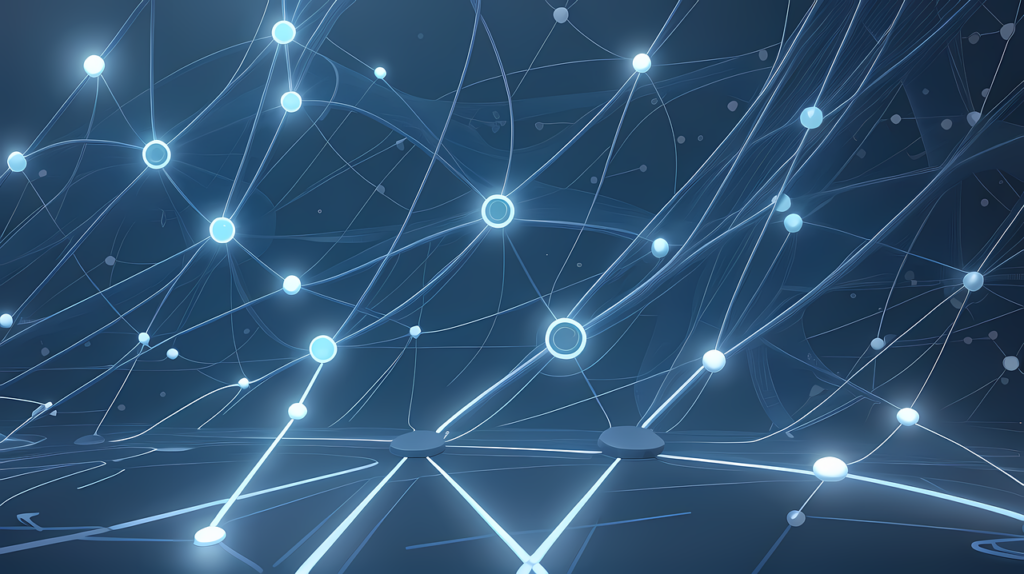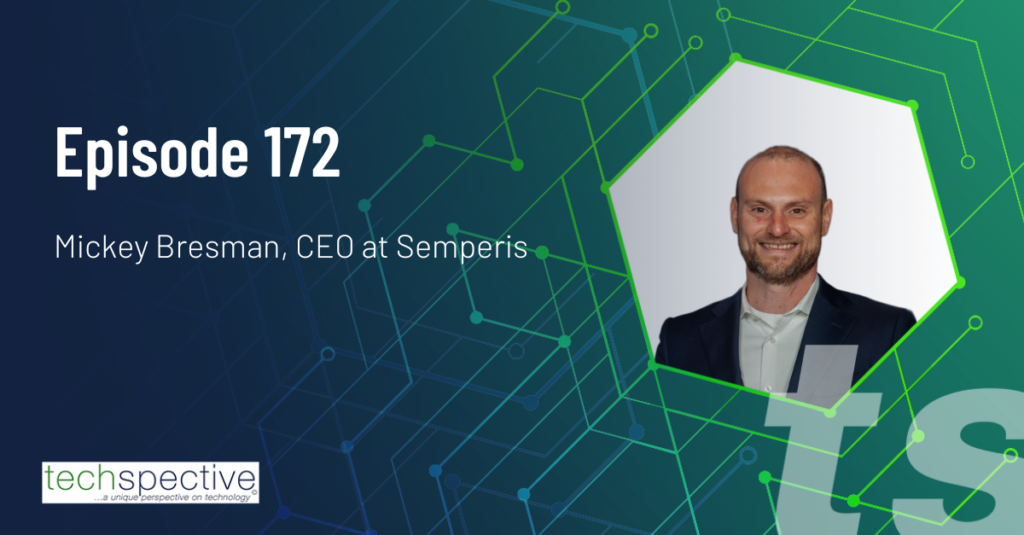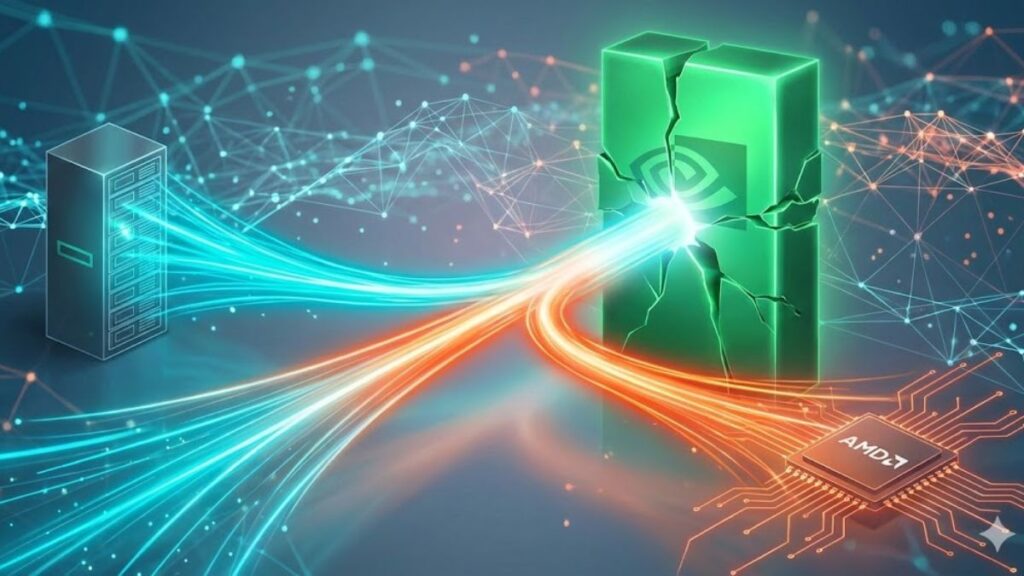As artificial intelligence evolves, its impact on cybersecurity and the workforce is profound and far-reaching. Predictive AI once enabled security teams to anticipate threats, and generative AI brought creativity and automation to new levels. Now, we stand at the threshold of agentic AI — an autonomous force capable of understanding tasks, making decisions, and acting with minimal human input. This next phase of hyper-automation promises both unparalleled efficiency and a new set of challenges for organizations and society alike.
Ric Smith, Chief Product and Technology Officer at SentinelOne, is no stranger to this shift. In a recent conversation, he described agentic AI as “the natural evolution of automation—where systems don’t just execute workflows but autonomously orchestrate and complete tasks while collaborating across domains.” As AI matures, organizations must prepare for a world where machines act not just as tools but as collaborators in an increasingly complex cybersecurity landscape.
From Hyper-Automation to Agentic AI: A New Paradigm
For years, organizations have relied on playbooks, no-code workflows, and task orchestration to automate repetitive functions. These tools are efficient but inherently rigid, requiring manual updates and oversight.
Smith explained, “Current hyper-automation works like a well-built playbook. It can trigger workflows, but ultimately, it’s static. The next phase—agentic AI—is dynamic. Instead of following predefined instructions, these systems understand their domains, adapt in real-time, and execute tasks autonomously.”
Imagine an AI agent trained to respond to cybersecurity incidents. Instead of simply initiating pre-scripted responses, this agent could analyze data, collaborate with other AI agents, and adjust its approach based on the situation. Such workflows are already being explored. For example, Smith shared that AWS security teams are developing agentic systems capable of acting independently within their ecosystems.
The implications are staggering. Tasks that once required human oversight—like incident remediation, system patching, or threat hunting—could soon be handled by AI agents operating seamlessly across networks.
Cybersecurity Threats in the Age of AI
While agentic AI holds promise, it also magnifies existing cybersecurity challenges. Threat actors are increasingly leveraging AI to enhance their attacks, creating a dangerous game of cat and mouse.
- AI-Enhanced Phishing: Generative AI tools like GPT-4 enable attackers to craft highly convincing phishing emails, erasing traditional telltale signs like poor grammar and awkward phrasing. Smith highlights the sophistication of these attacks: “We used to identify phishing by its obvious flaws. Now, AI generates content so precise that even savvy users can fall for it.”
- Living Off the Land (LOTL): Threat actors exploit legitimate tools already embedded in enterprise environments. Smith describes this trend as a stealthy evolution: “Cybercriminals aren’t necessarily deploying malware. Instead, they use what’s already there—making detection far more difficult.”
- State-Sponsored IP Theft: Geopolitical tensions amplify cyber risks, particularly from nations like China. Smith warns of increased attacks focused on intellectual property: “For many state actors, the goal isn’t just disruption. It’s about stealing IP and gaining a long-term advantage.”
To counter these threats, cybersecurity defenses must evolve alongside AI. SentinelOne is integrating auto-triage and auto-investigation into its platforms, enabling systems to autonomously identify and respond to threats. Additionally, Smith shared SentinelOne’s development of small language models (SLMs) for edge-based detection, reducing false positives and enhancing performance. “SLMs allow us to move intelligence closer to where threats occur—making responses faster and more accurate,” he said.
The Workforce and the Automation Debate
As AI advances, concerns about job displacement grow louder. For years, organizations have reassured employees that AI will “enhance, not replace” human roles. Smith offered a more nuanced perspective: “AI will replace tasks, not people—at least in the near term. Human oversight remains critical because we still don’t fully understand AI behavior.”
In cybersecurity, AI acts as a force multiplier, streamlining tedious tasks like data analysis and incident documentation while enabling humans to focus on strategic decisions. This collaboration allows professionals to do more with less, amplifying productivity without eliminating the need for human expertise.
However, Smith acknowledged long-term challenges. As automation expands, society must address economic shifts, job displacement, and the ethical implications of AI. Concepts like universal basic income may become necessary as machines take over routine roles.
“We’re moving toward a future where AI handles the heavy lifting,” Smith said. “But we need humans for governance, creativity, and innovation. The challenge is ensuring society keeps pace with technology.”
Preparing for the Agentic AI Era
Organizations can’t afford to wait. To prepare for the rise of agentic AI and evolving cyber threats, enterprises should prioritize the following:
- Strengthen Identity Security: With credential theft driving many breaches, organizations must adopt multi-factor authentication (MFA), passkeys, and zero-trust architectures to secure access.
- Adopt AI-Powered Defenses: Leverage AI for threat detection, incident response, and automated remediation. Tools like SLMs can improve accuracy and reduce false positives.
- Balance Automation and Oversight: While agentic AI can operate autonomously, human governance remains essential. Organizations must establish clear frameworks for monitoring AI-driven systems.
- Invest in Workforce Training: Equip employees with the skills to work alongside AI. Prompt engineering, data analysis, and AI governance will become critical competencies.
A Future of Collaboration
The rise of agentic AI marks a transformative moment for cybersecurity and the workforce. As organizations move beyond static workflows and embrace dynamic, autonomous systems, they gain the ability to respond to threats faster and more efficiently than ever before. However, this evolution demands a strategic approach—one that balances automation with human oversight, strengthens defenses against AI-driven attacks, and prepares for the societal shifts AI will bring.
Smith encapsulated the opportunity ahead: “Agentic AI isn’t just the next phase of automation. It’s a chance to redefine how we work, secure our systems, and innovate for the future.” The question for enterprises isn’t whether agentic AI will arrive—it’s how prepared they are to embrace it.
- Semperis Confronts the Identity Chaos Exposed by AI Search - December 11, 2025
- The Identity Problem No One Saw Coming—Until AI Exposed It - December 11, 2025
- Cyware’s AI Fabric Pushes Agentic Automation From Concept to Practical Reality - December 8, 2025




Pingback: How training in psychology makes a better adoption of AI
Pingback: How a Psychology Background Makes for Higher AI Adoption - UK Tech Insider
Pingback: How a Psychology Background Makes for Better AI Adoption – Swisscryptodaily.ch
Pingback: How a Psychology Background Makes for Better AI Adoption – softblissacademy.online
Pingback: How a Psychology Background Makes for Higher AI Adoption – blog.aimactgrow.com
Pingback: Как психологическое происхождение делает для лучшего внедрения ИИ — My Blog
Pingback: How A Psychology Background Makes For Better AI Adoption | The World Financial Forum
Pingback: How a Psychology Background Makes for Better AI Adoption - 786 News
Pingback: How a Psychology Background Makes for Better AI Adoption - VedVision Headlines